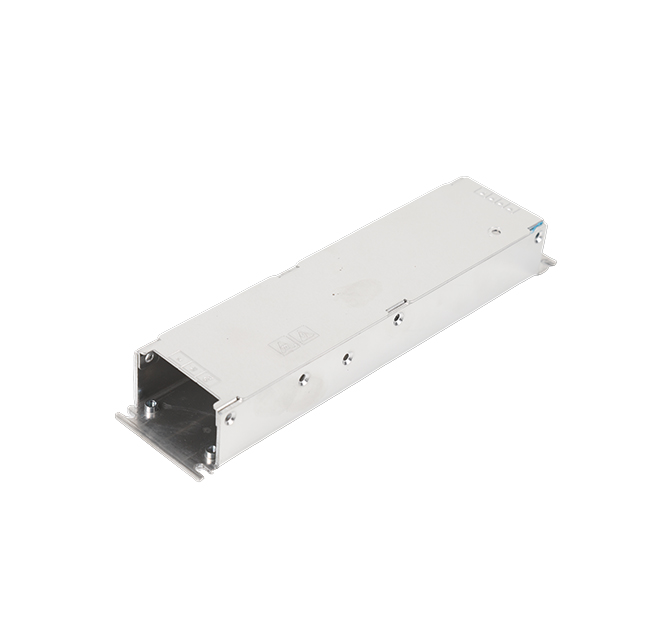Time:2025-06-06 Views:0 source:CNC Machining customization source:CNC Machining news

Composite processing of non - metallic sheets for stamping parts combines multiple manufacturing techniques to create components with enhanced properties, improved functionality, and unique characteristics. This approach has become increasingly popular as industries seek to leverage the advantages of non - metallic materials in stamping applications.
The process typically begins with the selection of suitable non - metallic sheets. Materials such as fiber - reinforced plastics (FRP), including glass fiber - reinforced plastic (GFRP) and carbon fiber - reinforced plastic (CFRP), offer high strength - to - weight ratios, corrosion resistance, and good formability. Other options like engineering plastics, such as polycarbonate (PC), acrylonitrile butadiene styrene (ABS), and polyethylene terephthalate (PET), are chosen for their specific mechanical, thermal, and optical properties.
One common composite processing method is co - extrusion. In this process, two or more different non - metallic materials are simultaneously extruded through a single die to form a multi - layer sheet. For example, a sheet might have a core layer of a tough engineering plastic for structural integrity, with outer layers of a UV - resistant material to protect against environmental degradation. This multi - layer structure can be directly used in stamping operations, reducing the need for additional post - processing steps to enhance specific properties.
Another important technique is the combination of stamping with adhesive bonding or mechanical fastening. After stamping individual non - metallic components, they can be joined together using adhesives that are specifically formulated for non - metallic materials. Adhesive bonding offers advantages such as stress - free joining, the ability to bond dissimilar materials, and improved sealing. Mechanical fastening methods, like using rivets or screws made of non - metallic materials, can also be employed, especially in applications where high - strength joints are required and adhesive bonding may not be sufficient.
In addition, post - stamping processes such as thermoforming and machining can be integrated. Thermoforming can be used to further shape the stamped non - metallic parts, creating complex geometries that are difficult to achieve through stamping alone. Machining operations, including cutting, drilling, and milling, can be carried out to add precise features, holes, or slots to the parts. The composite processing of non - metallic sheets for stamping parts thus enables the production of highly customized components that meet the diverse requirements of modern industries, from automotive and aerospace to consumer electronics.
Read recommendations:
Sealing ring Precision electronic parts
Housing components for recessed downlights Precision electronic parts
Oval Magnetic Hardware Precision electronic parts
CNC Machining Dimension Accuracy
CNC processing factory - Meeting customers' strict requirements for precision